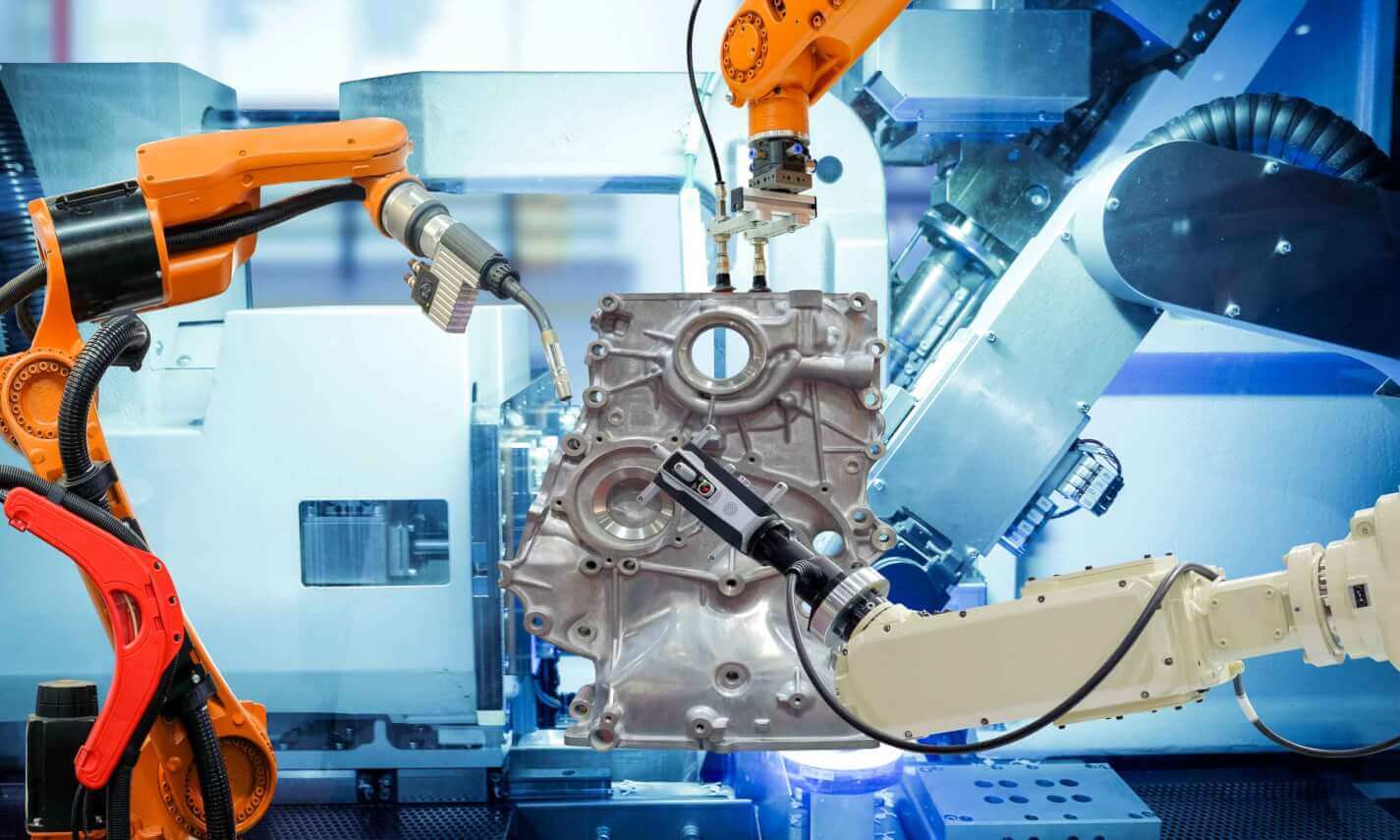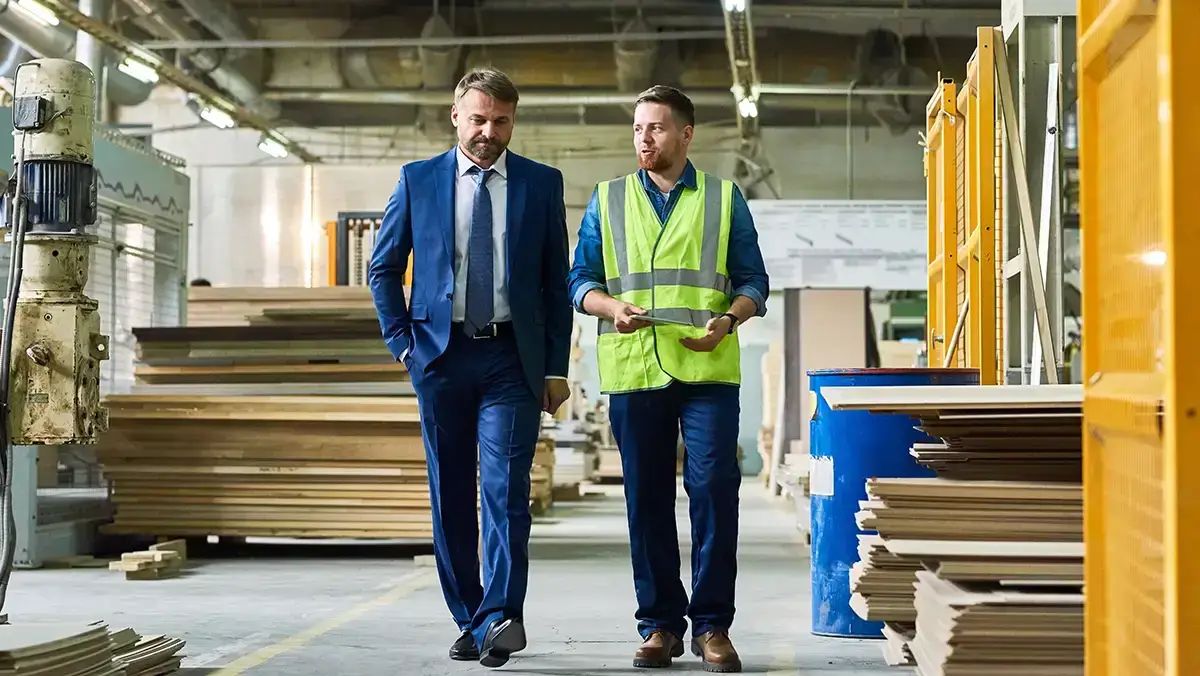The Next Industrial Revolution
May 26, 2021 • 4 Minute Read


The line between B2B and B2C buyers is blurring.
As B2C companies rushed to adapt to new digital channels and changing consumer preferences, B2B businesses held fast. And traditional industries like manufacturing maintained the belief that their sales processes were too complex for “consumer-focused” digital channels.
But times have changed and the B2B buyer is evolving. No industry is immune to the new buyer’s journey. If you don’t find ways to meet (and exceed) the modern B2B buyer, you risk losing market share to other manufacturers.
The evolution of B2B buyers is occurring as more millennials become decision makers. Research from Google shows that millennials are already about 50% of all B2B buyers. And as a result, your traditional approach to the buyer’s journey continues to become less effective.
Now, B2B buyers are looking for as much self-service as possible. Already, 57% of a purchase decision is made before a customer ever speaks with a human being. If your first customer touchpoint is some sort of sales call, you’re going to miss out on business as competitors address this emerging self-service mindset.
But just because your buyers are looking to conduct research on their own doesn’t mean you can fall short on customer experience. Today’s B2B buyers have come to expect:
Just because you’re in a “traditional” industry doesn’t mean you can get by without these key components. But even with these general insights into B2B buyers, there are plenty of manufacturers who will maintain the status quo, thinking that their prospects are different.
Don’t fall into the trap of thinking that manufacturing is an exception to these trends.
Research shows that at least 67% of industrial manufacturing purchases are influenced by digital in some way. In fact, if you’re dealing with repeat customers, you might not have any in-person interactions with buyers at all. McKinsey found that just 15% of B2B industrial buyers need in-person support when making a repeat purchase.
But when it comes time to step in and accelerate a deal, you can’t afford to fall short of expectations. The biggest complaint that B2B buyers report is slow response times. And they might move on to one of your competitors if they:
These challenges show that engaging modern B2B buyers isn’t just about publishing content and having a digital presence. Everything needs to be orchestrated under a single, unified experience that’s custom-built for today’s buyers.
While you’re working to address digital transformation trends in your products and operations, you need to think about how new technologies can help you meet B2B buyer expectations. In the cases of artificial intelligence (AI) and the Internet of Things (IoT), you’ll see overlap in both sides of the business.
If you’re looking for ways to change your customer experience to serve today’s B2B buyers, contact us to learn more!